Puerta Gwanghuimun (광희문)
2.3Km 2021-02-24
Toegye-ro 344, Jung-gu, Seúl
+82-2-3700-3900
La puerta Gwanghuimun fue construida en el año 1396, durante el 5º año del rey Taejo, en el sureste de la capital (Seúl). Se suele conocer también como puerta Sugumun (puerta del canal de agua) y fue usada como Sigumun, que literalmente significa 'puerta del cadáver', ya que las procesiones funerales pasaban por esta puerta cuando salían por el este.
Durante la Guerra Imjin (invasión japonesa de 1592 a 1598), las puertas de la fortaleza fueron destruidas a tal grado que fue practicamente imposible encontrar el lugar original de su localización. Sin embargo, los esfuerzos de reconstrucción se iniciaron en 1711 (37º año del reinado de Sukjong) y la puerta del canal de agua fue restaurada con forma de torre. Desde ese momento, la puerta quedó intacta, incluso cuando los muros de la fortaleza fueron derrumbados para construir caminos durante la ocupación japonesa, pero la Guerra de Corea la dejó con graves daños y quedó abandonada. En 1975, empezaron los trabajos de reconstrucción para recolocar la puerta Gwanghuimun a 15 metros más al sur de su localización original, que se encontraba en medio de la carretera.
Dongdaemun Bonga Gamasot Seolleongtang (동대문본가가마솥설렁탕)
2.3Km 2021-03-18
299-1, Jong-ro, Jongno-gu, Seoul
+82-2-741-1510
This is a Korean cuisine located in Dongdaemun Gate, Seoul. A restaurant selling Korean-style healthy broth-based dishes. The best menu at this restaurant is ox bone soup.
Parque Waryong (와룡공원)
2.3Km 2022-05-02
Waryonggongwon-gil 192, Jongno-gu, Seúl.
Es un parque inaugurado en el año 1984, que se encuentra ubicado en el barrio de Myeongnyung-dong, distrito de Jongno-gu, Seúl. Lo encontrará bajando desde la roca Malbawi, por el camino de la Muralla de Seúl. En sus cercanías están ubicados los parques: Samcheong, Changgyeong, y el Parque Natural del Monte Bugaksan. Presenta la forma de un dragón acostado, que es de donde proviene el nombre “Waryong” (significa dragón acostado según los caracteres chinos).
La poca profundidad de tierra que tenía el parque dificultaba la forestación, por lo que solo disponía de algunas acacias. Pero mediante la participación de los ciudadanos en una campaña de plantar mil árboles, se ha logrado convertirlo en un parque verde y abundante.
En particular, en la época primaveral se cubre de flores de todo tipo: de la colza, del albaricoque, de la azalea, de la forsitia, etc., y consta de instalaciones deportivas como campo de bádminton, centro de aeróbics y gimnasio, entre otros.
Jihwaja (지화자)
2.3Km 2021-01-08
125, Jahamun-ro, Jongno-gu, Seoul
+82-2-2269-5834
Operated by a “Living Treasure Of Korean Royal Cuisine” since 1991, Jihwaja is a high-class traditional Korean restaurant located in the center of downtown Seoul. It has enjoyed a high reputation as the finest restaurant that preserves “The Legitimacy of Korean Royal Cuisine,” the essence of the Korean food culture. Jihwaja resembles the sophisticated ambiance of the neighborhood that captures the beauty of the Joseon dynasty. The restaurant offers very healthy and nutritious dishes as they are prepared with only natural ingredients and royal culinary techniques, without using any MSG, artificial flavors or additives. Jihwaja offers a dining experience like no other through a meal fit for kings and queens and food storytelling.
Jihwaja is committed to promote Korea's authentic traditional food culture - Korean Royal Cuisine - across the world for generations.
Appe Seoul (아뻬서울)
2.3Km 2021-03-24
1, Changgyeonggung-ro, 35na-gil, Jongno-gu, Seoul
+82-10-7390-8742
You can eat honey cake that you cannot enjoy anywhere else. This cafe is located in Jongno-gu, Seoul. The representative menu is coffee.
Seoul Naksan Stay [Korea Quality] / 서울 낙산 스테이 [한국관광 품질인증]
2.3Km 2023-04-13
Samseongyo-ro 4-gil, Seongbuk-gu, Seoul
Seoul Naksan Stay is a guesthouse in a downtown area. The owner, who originally ran a guesthouse in Yongin, Gyeonggi-do, opened this guesthouse after moving to Seoul. Naksan Stay is located at the low end of the fortress wall of Naksan Park, which is a great place to enjoy the night view of Seoul. The guesthouse has two gates: one leading to the small building where the owner and her family reside, and the other one leading to a bigger building that serves as a guesthouse with a spacious two-story room. Majority of the guests are from France and Russia. It’s a great place to stay for those wishing to enjoy the daytime and nighttime views of the city.
Valle Suseong-dong (수성동계곡)
2.3Km 2025-04-18
Okin-dong 185-3, Jongno-gu, Seúl
Okcheon Maeun Jokbal (옥천매운족발)
2.3Km 2021-03-29
23, Jong-ro 51na-gil, Jongno-gu, Seoul
+82-2-3672-7168
This is a restaurant serving delicious spicy pork feet. This Korean dishes restaurant is located in Jongno-gu, Seoul. The most famous menu is braised pigs' feet.
Gimnasio Jangchung (장충체육관)
2.4Km 2024-02-27
Dongho-ro 241, Jung-gu, Seúl
Hyehwa1938 [Korea Quality] / 혜화1938 [한국관광 품질인증]
2.4Km 2023-04-13
7, Sungkyunkwan-ro 16-gil, Jongno-gu, Seoul
+82-10-7107-1752
Located in (no suggestions)-dong of Seoul, Hyehwa 1938 is a lodging facility which is based on the remodeling of an 80-year- old traditional Korean house. A traditional Korean house expert initially wanted to use it as an office but later decided to turn it into a guest house due to its large size. As a result, the unique beauty of traditional Korean house was revived while improving practicality. The Woojeong room and Sarang room are now resized to accommodate max 8 persons which used to be only max 4 in the past. Despite the remodeling, the aura and atmosphere of the traditional Korean house is well preserved. Inside the room, you can see that the chandelier of the rich house in the '30s are accompanied by modern furniture and electronics which maintain unique harmony. Open the windows to see sansuyu and maehwa along with other various seasonal trees with beautiful colors and also the space such as edges and sewers are well arranged to avoid any discomforts with your eyesight. The heart of architecture offers only two rooms for guests, and you are all welcome to enjoy the true beauty of Korea.
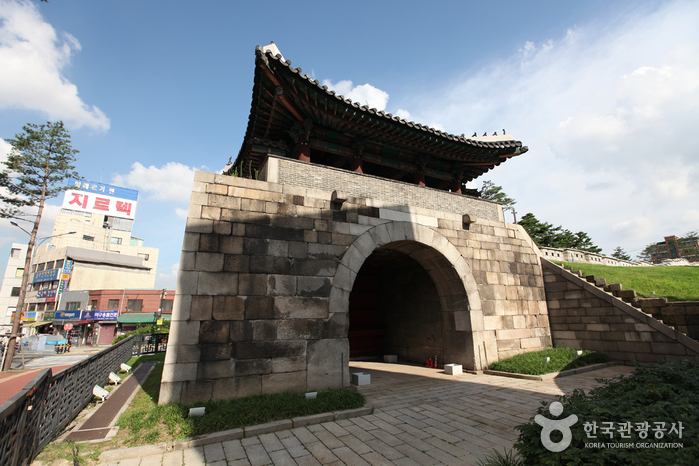
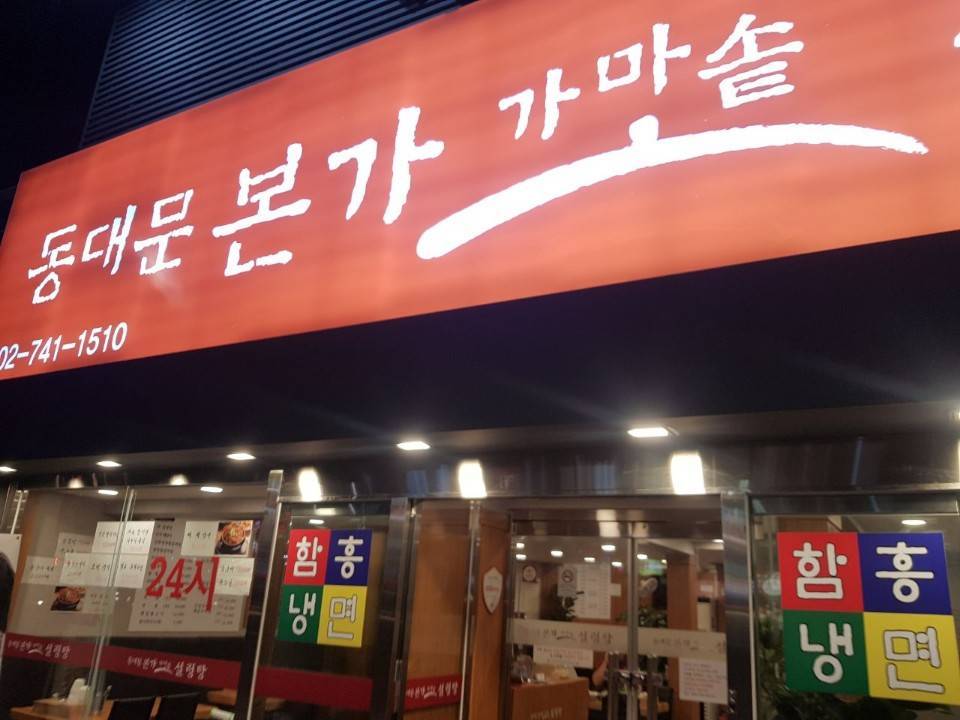
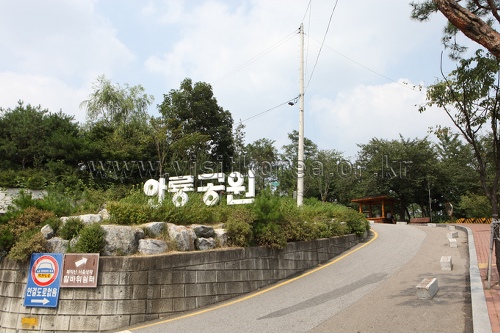

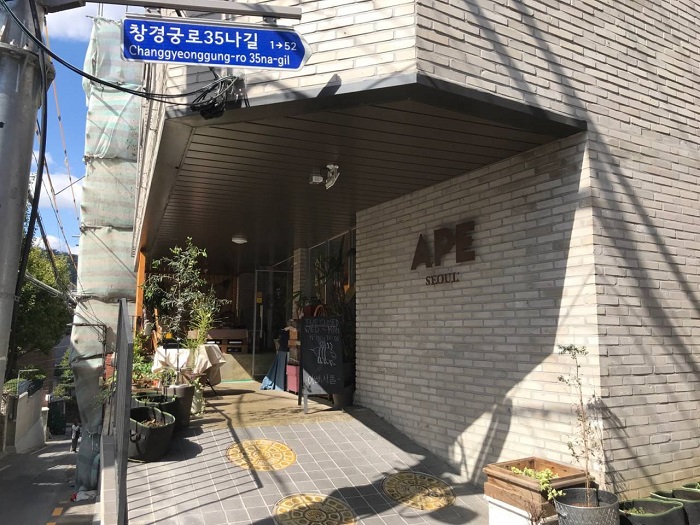
![Seoul Naksan Stay [Korea Quality] / 서울 낙산 스테이 [한국관광 품질인증]](http://tong.visitkorea.or.kr/cms/resource/00/2574600_image2_1.jpg)
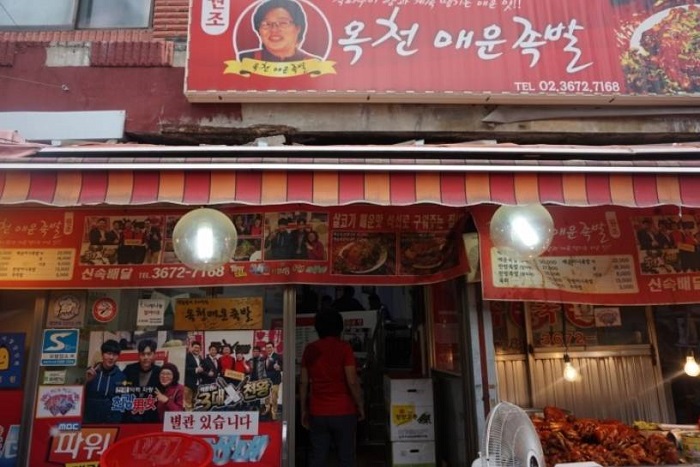
![Hyehwa1938 [Korea Quality] / 혜화1938 [한국관광 품질인증]](http://tong.visitkorea.or.kr/cms/resource/52/2529152_image2_1.jpg)
 Español
Español
 한국어
한국어 English
English 日本語
日本語 中文(简体)
中文(简体) Deutsch
Deutsch Français
Français Русский
Русский